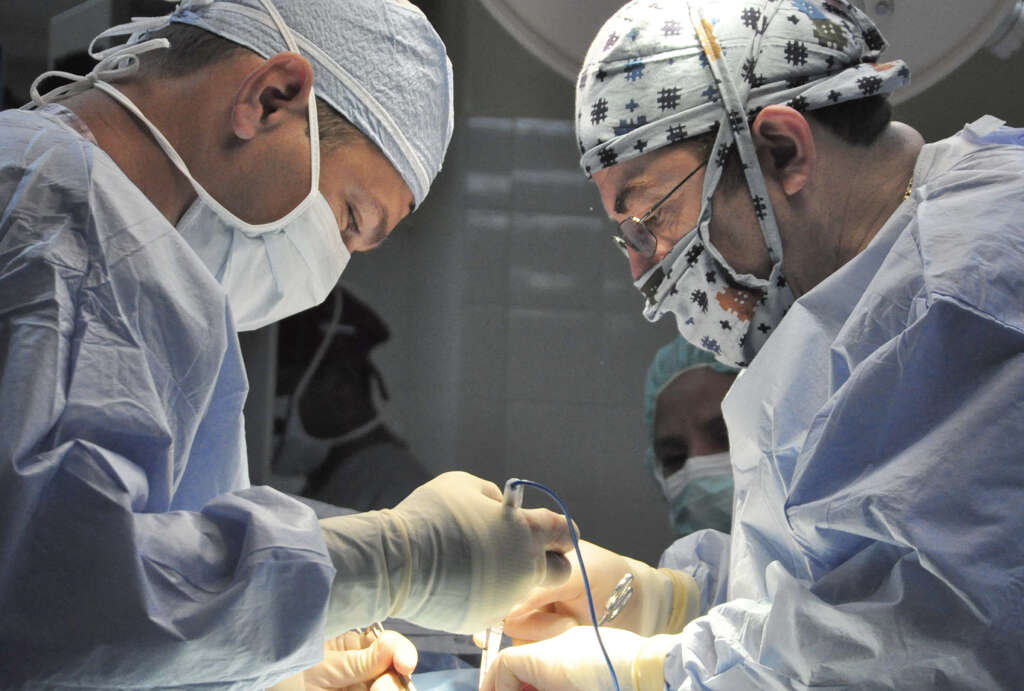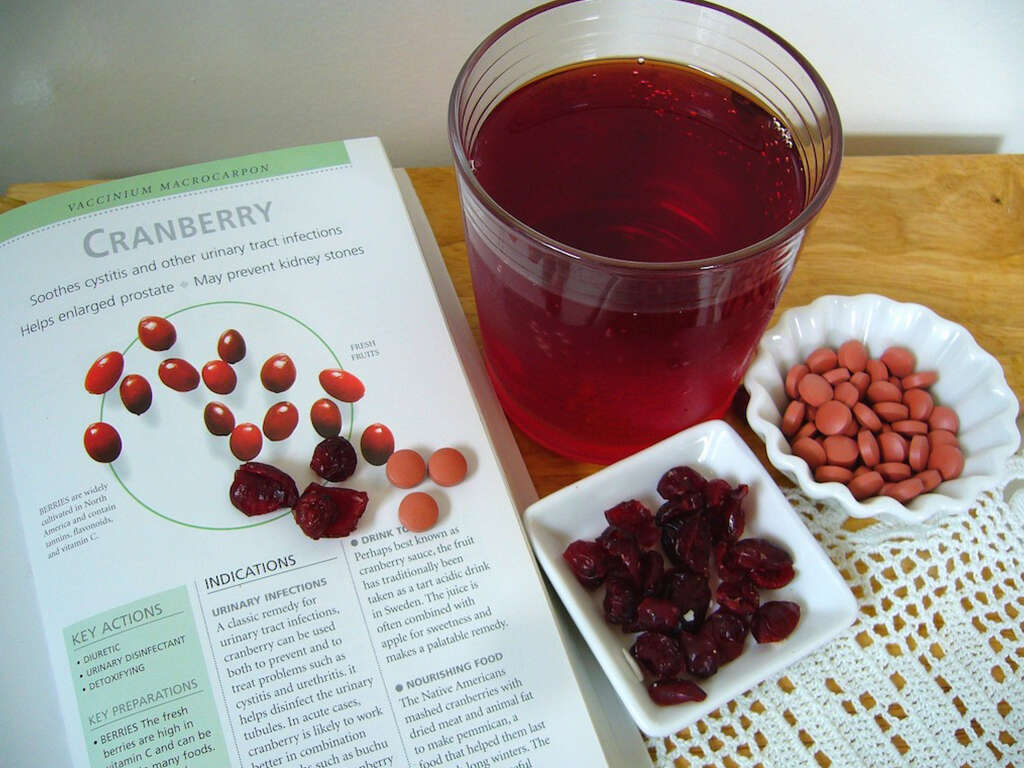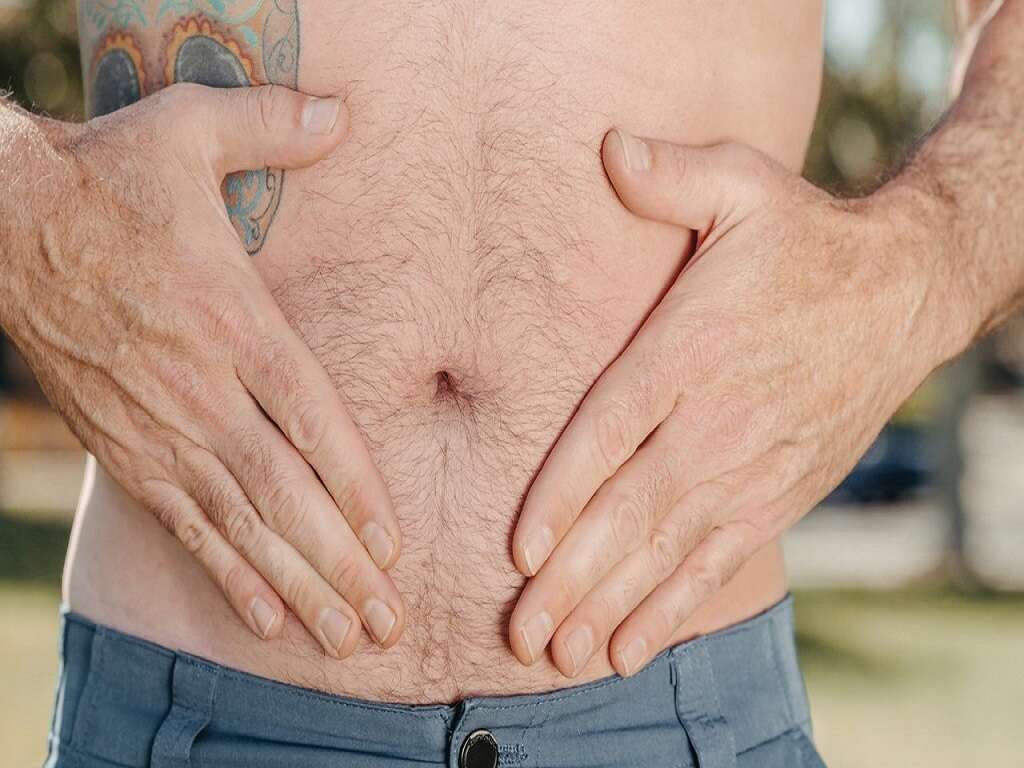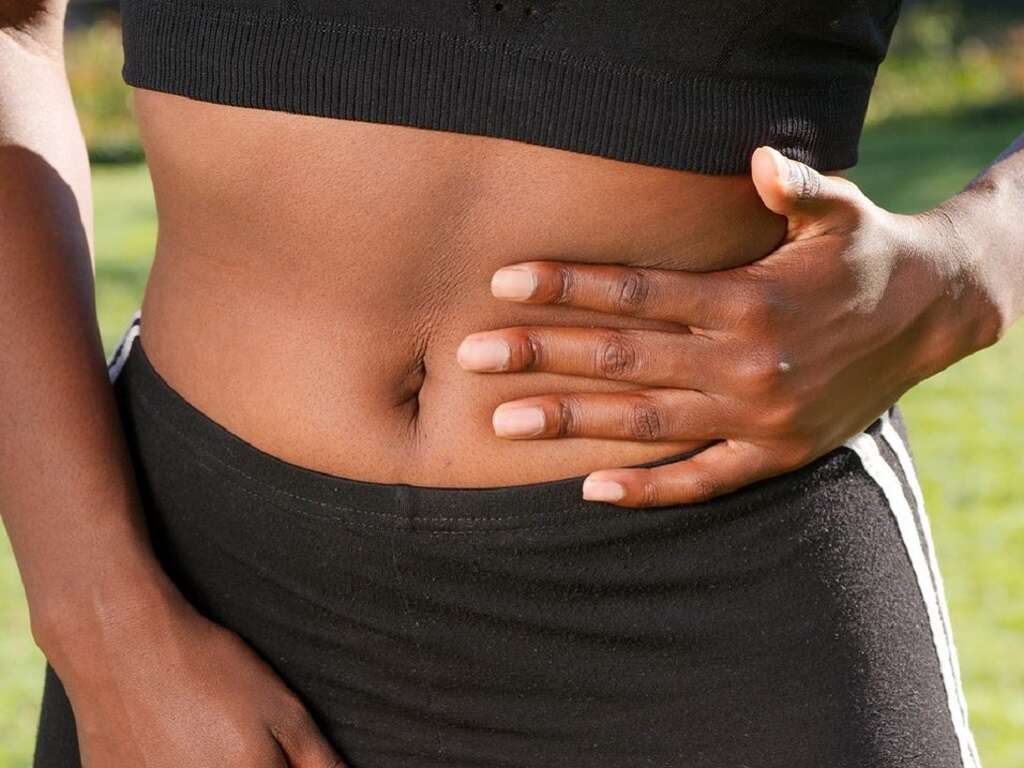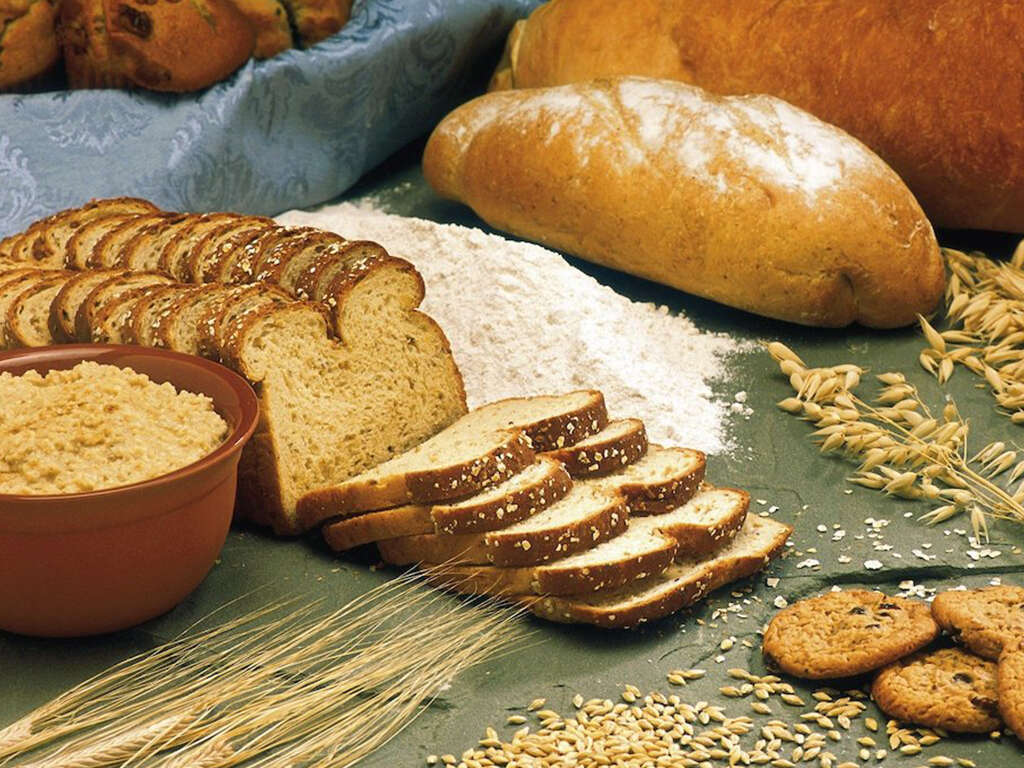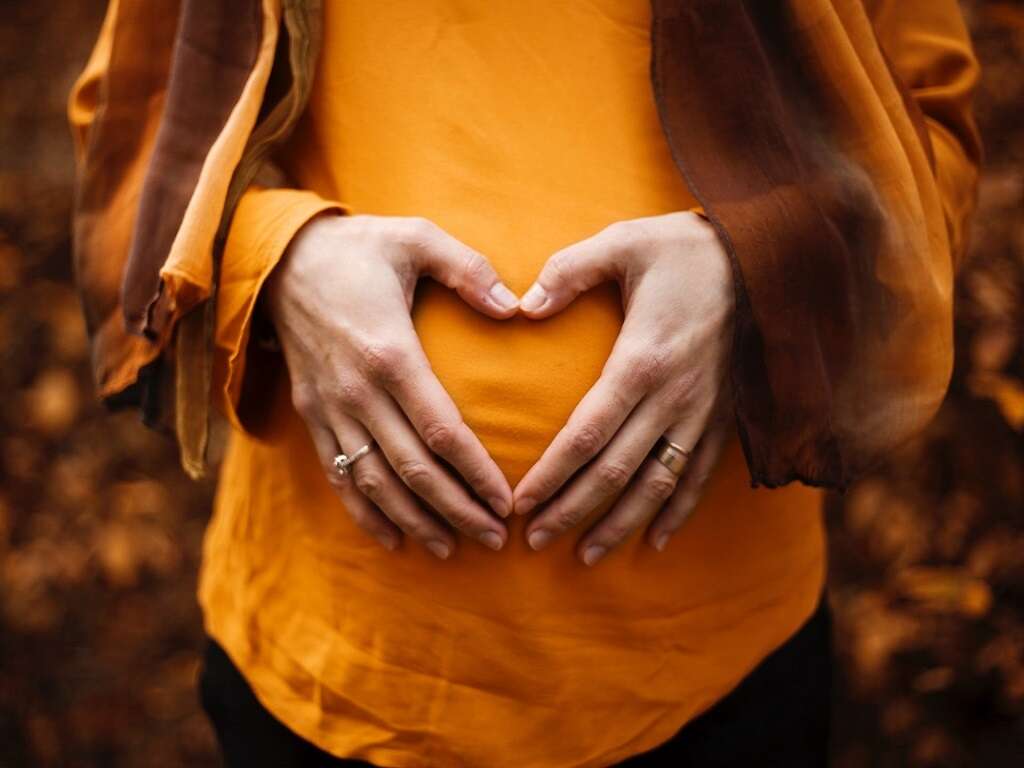What Is Biliary Colic?
Aches and pains in the abdomen area are very normal. In most cases, you might look for something to help settle the stomach and the pain should hopefully pass by before too long. This is not always the case, however, and pain in the abdomen area is sometimes down to medical conditions.
Biliary colic is a condition that can be quite uncomfortable but is not usually dangerous. Regardless, it can develop into something serious in some cases so you should arrange to get it checked out as soon as you can. The condition can also be treated with relatively straight forward surgery in most cases.
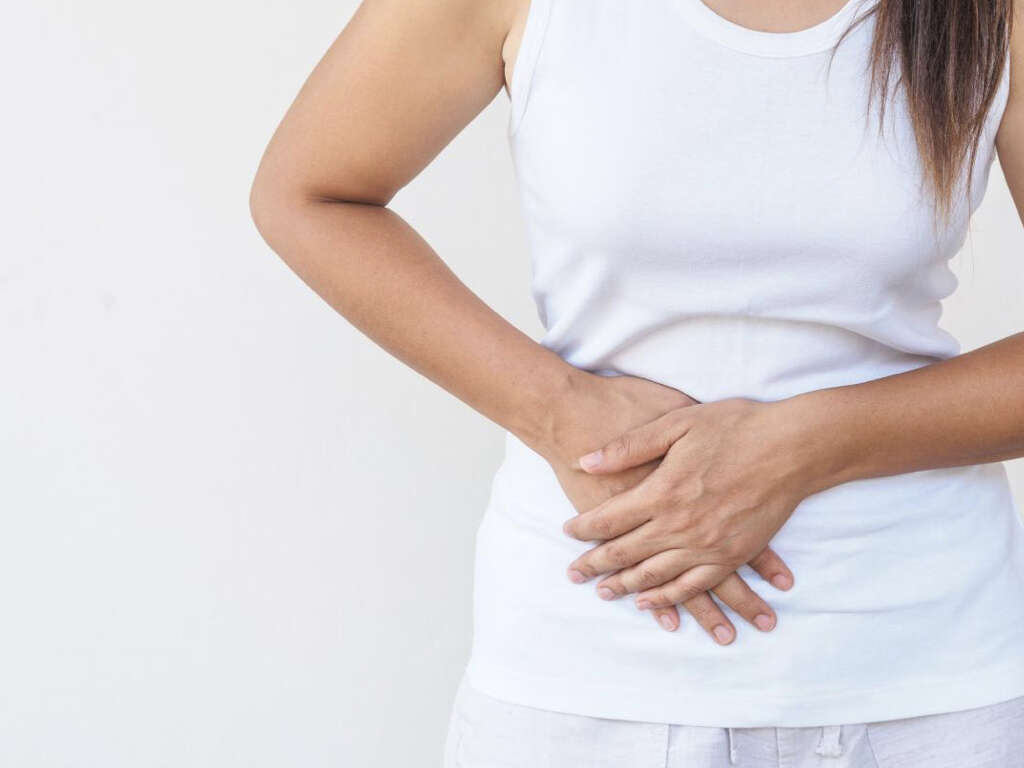
1. Gallstones
The gallbladder is a sac that is used to store bile, bilirubin, and some other substances. These are fluids that help us to break down the food that we eat; fats in particular. These fluids can sometimes begin to crystalize and form into small lumps of solid material. These materials are known as gallstones.
Gallstones are usually very small and will usually not cause a problem. They will sometimes continue to grow, however, and these can be a problem for the patient as they can block the bile duct. Some patients will grow lots of smaller stones instead, and this can also cause problems for them.

2. Bile
As mentioned, bile is a substance that helps us to break down our food – especially fats. It is stored in the gallbladder and when we eat, the gallbladder will contract a little, thus squeezing a little bile out of the bile duct. The bile will then travel down the bile duct until it exits at the small intestine.
When in the intestines, the enzymes in the bile can begin to work on the food. Bile is actually what gives our stools their brown pigment. This suggests that if your stools are lighter than usual then it may be down to a problem with the bile duct and/or the gallbladder.
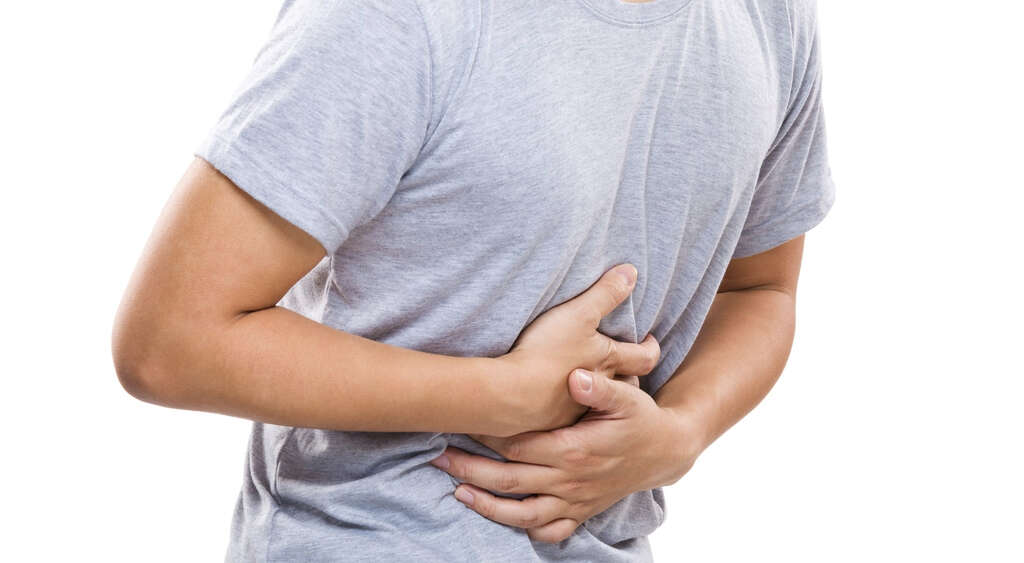
3. Biliary Colic
If you have a dull pain in the abdomen area, there is a chance it is being caused by biliary colic. This is quite a painful condition but it is not usually serious. The pain will usually be located in the upper right region of the patient’s abdomen area.
It is caused when a gallstone blocks the bile duct, which prevents bile to be secreted from the gallbladder into the small intestine. The pain will pass when the blockage is cleared, and this is when the offending gallstone is moved out of position. This often means the gallstone passing down the duct and into the intestines itself.
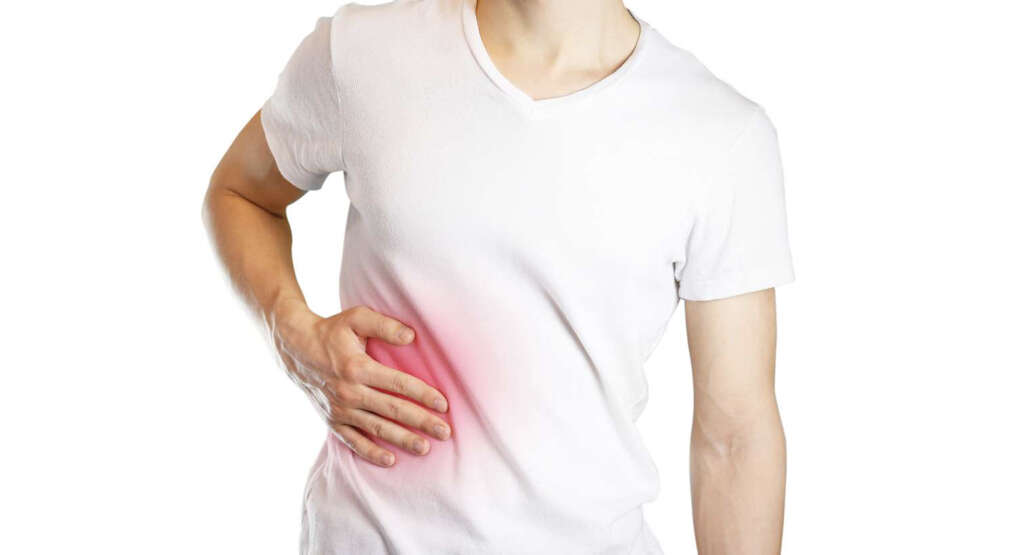
4. Cholecystitis
In some cases, gallstones blocking the bile duct can result in cholecystitis. This is the medical term for an inflammation of the gallbladder. Gallstones are not the only possible cause of this condition, but it is among the most common causes. The symptoms tend to last for longer than those of biliary colic, and they are also likely to be more intense.
Patients with cholecystitis are also likely to experience pain, only it will likely last for longer than the pain that comes with biliary colic. The patient can also experience a fever and chills, while some will also experience nausea and vomiting. Jaundice is another symptom of the condition, along with stools that are pale in color.
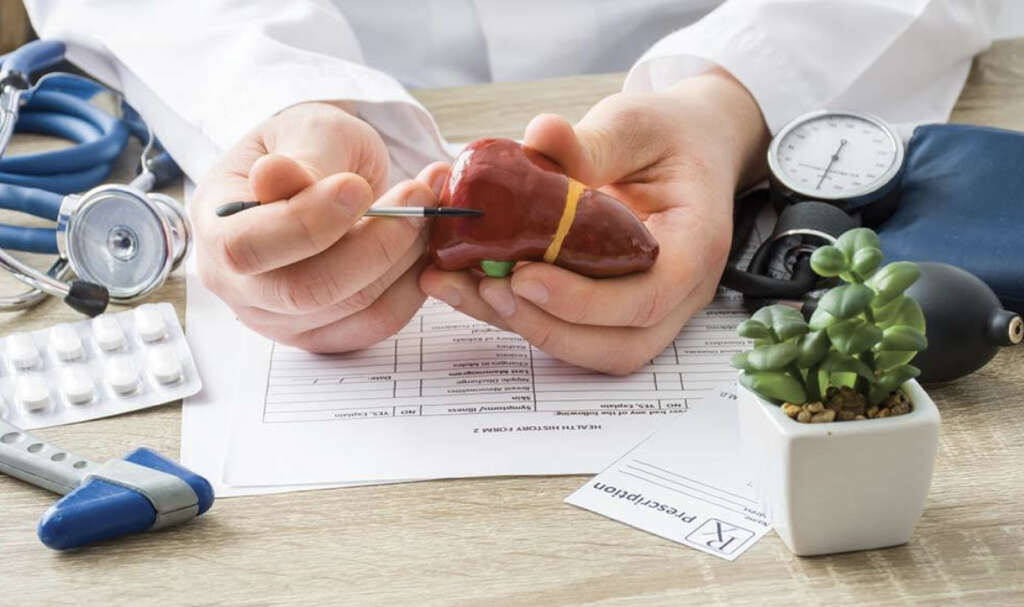
5. Pain
As mentioned, the main symptom of biliary colic is pain in the abdomen area. Patients will sometimes describe the pain as sharp or like a cramp. Others will describe it as a dull pain that is constant. If the problem is biliary colic then the pain will typically be at its worst for 30 to 60 minutes or so.
Even after the initial pain has decreased in intensity, the patient can still feel quite a lot of discomfort for some time afterwards. The pain is likely to continue until the gallstone has passed completely, freeing the blockage of the bile duct.
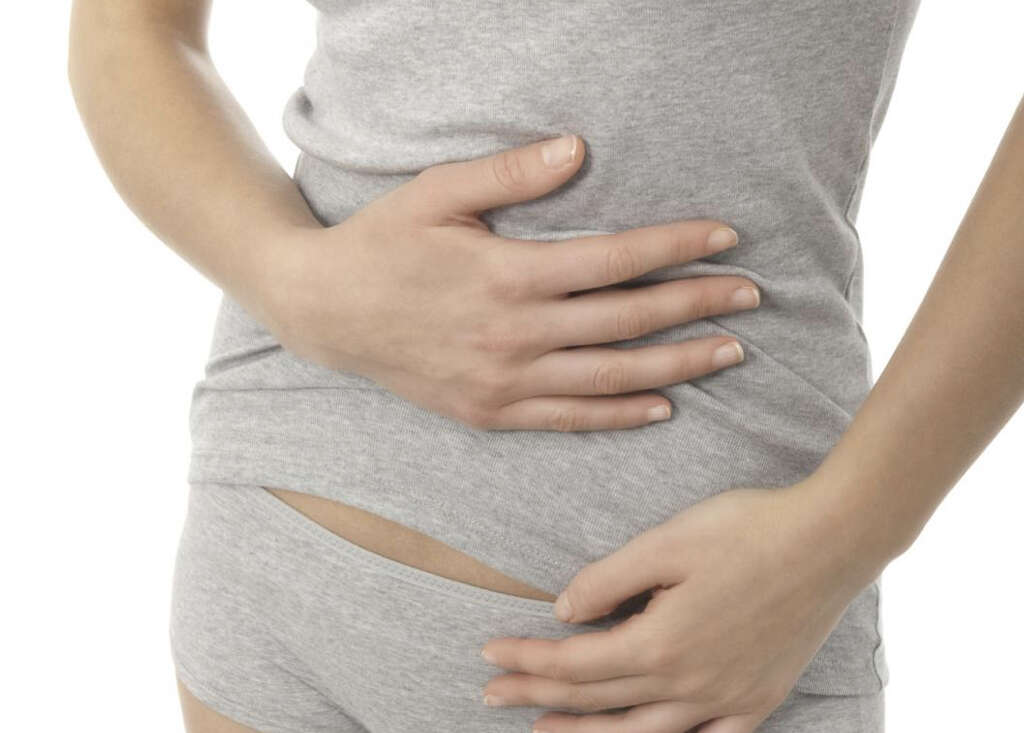
6. Meal Time
As mentioned, bile is secreted from the gallbladder as the patient eats so that the bile can begin acting on their food. It then follows that the symptoms are most likely to happen just after the patient has eaten, and this is exactly what we tend to see.
In addition to feeling pain after meal time, it is also more likely to happen in the evenings. Some people can also experience the condition after they have gone to bed, and this can make it difficult for them to sleep well. This likely happens because the patient has shifted to a more horizontal position, allowing the gallstones to block the bile duct.

7. Complications
While biliary colic is not usually dangerous to people, it can lead to some potentially serious complications in some cases. This is usually the case if the blockage has been in place for a long time. One potential problem this can result in is cholecystitis; a condition that has already been addressed in this article.
Another potential problem is pancreatitis. This is a painful and potentially serious condition that can be life-threatening in some cases. With the potential complications of biliary colic in mind, it is a good idea to get the condition checked out by medical professionals as soon as possible.

8. Risk Factors
While nobody is completely safe from biliary colic, it is more likely to affect people in certain demographics than others. One of these is age, and most instances occur in people that are over the age of 40. Women are also more likely to get it, and this is due to the higher levels of the estrogen hormone in women.
There is also a chance that biliary colic can be passed on genetically, and people from certain ethnicities are also more likely to develop it than others are. People that eat high fat diets are also more prone, as are people that are obese.

9. Diagnosis
If you are showing symptoms of biliary colic then you will likely be referred to a specialist to help determine what the cause is. The specialist will ask you some questions, and some tests might be performed in order to understand what is causing the symptoms.
In many cases, an ultrasound will be performed to help get an image of what is happening internally. This is the most common method, but an MRI and/or a CT scan might also be used in some cases. Once a diagnosis has been reached, then medical professionals can begin with the appropriate treatment, if any.
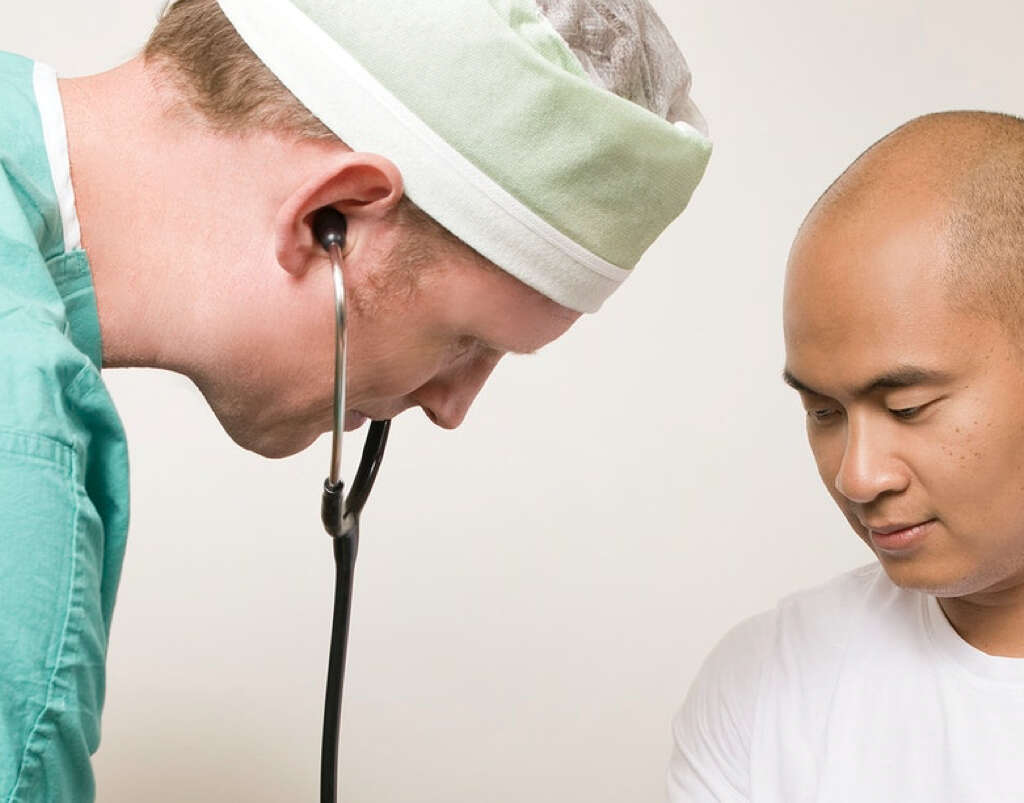
10. Treatment
The treatment for gallstones will depend largely on the patient’s overall health and the severity of the condition. Medication is sometimes prescribed but these are not particularly effective and can take a long time, while gallstones can also return. Medication generally attempts to break dissolve the stones.
Instead of using medication, many people will be required to undergo surgery to have the gallbladder removed. This is known as a cholecystectomy and it may be performed by keyhole surgery or by open surgery. People are able to live normal lives without a gallbladder as the liver will still continue to produce bile.
